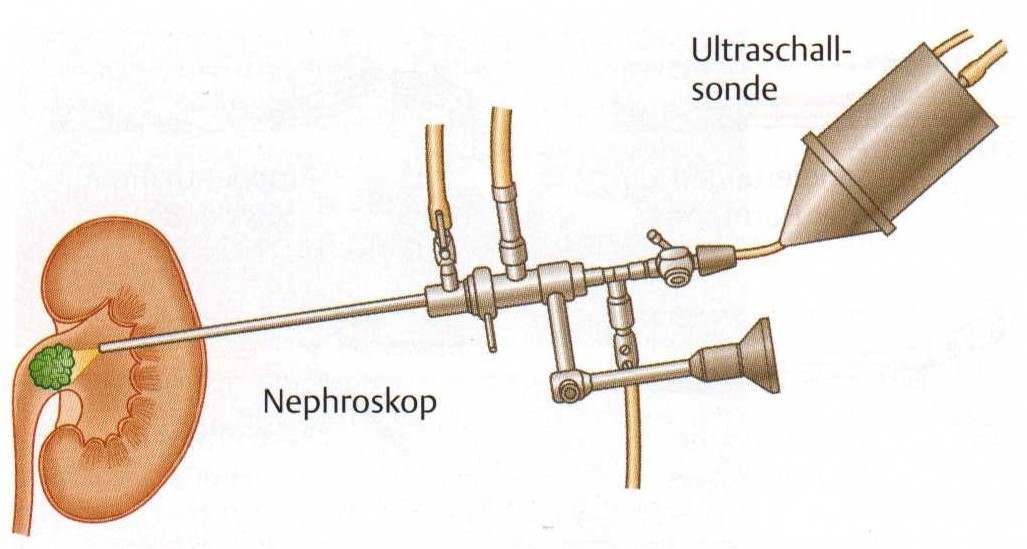
Urinary tract stone disease is a stone that is located along the urinary tract, namely the kidneys, ureters, bladder and urethra.
A person can suffer from urinary tract stone disease if there are supporting factors, namely not drinking enough so that the concentration of stone-forming substances in the urine becomes more concentrated, which results in the formation of stones easily. In addition, there are other supporting factors, including: a family history of suffering from urinary tract stones, eating foods that contain lots of calcium or oxalate (chocolate, nuts, tea, cola), gout (increased blood uric acid levels), have suffered from urinary tract stones or often suffer from urinary tract infections and the occurrence of obstructions in the urinary tract.
CLINICAL SYMPTOMS
Symptoms of urinary tract stones that often occur are: Low back pain that radiates to the front of the abdomen or groin, sometimes accompanied by reddish urine, or pain at the end of urination.
DIAGNOSIS
Examinations that need to be carried out to make a diagnosis are: history, physical examination and supporting examinations in the form of blood and urine tests, ultrasound of the kidneys and bladder, X-rays of the abdomen and intravenous pyelography (IVP) and CT-Scan.
COMPLICATIONS
If urinary tract stones are not treated thoroughly, the stones will get bigger and bigger, causing obstruction to the flow of urine in the kidneys which results in permanent kidney damage. In addition, urinary tract stones can also cause infections that will damage kidney tissue.
MANAGEMENT
Conservative management is only performed on stones smaller than 4 mm and there are no other complications. It is hoped that the stones can pass on their own through the urethra by drinking lots of water and urinating drugs.
ESWL ( Extracorporeal Shock Wave Lithotripsy ) is an act of breaking stones from outside the body by using shock waves that can break stones into fine pieces, so they can be excreted with urine. This action is carried out without causing injury, without anesthesia and can be done without hospitalization. This action can be performed on kidney or ureteral stones measuring 5 mm to 30 mm with good kidney function. For larger stones, additional action is required.

URS (Ureterorenoscopy) is a specialist procedure using an endoscopic instrument measuring less than 3 millimeters that is inserted through the urethra into the ureter and then the stone is broken with air waves. Stone shards will come out with urine. This action requires anesthesia and 1-2 days of hospitalization.

PCNL (Percutaneous Nephrolithotomy) is an action to destroy kidney stones with the help of an endoscope that is inserted into the kidney by making a hole so that the stones can be crushed with a stone crusher. Meanwhile, surgery only needs to be done if the three procedures above fail or cannot be carried out or if the kidney has been heavily infected and is no longer functioning.
Article written by dr. Johan R. Wibowo, Sp.U (Urological Surgery Specialist at EMC Pulomas Hospital).
